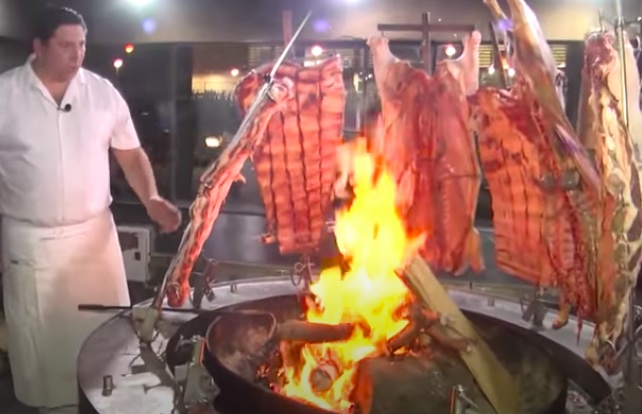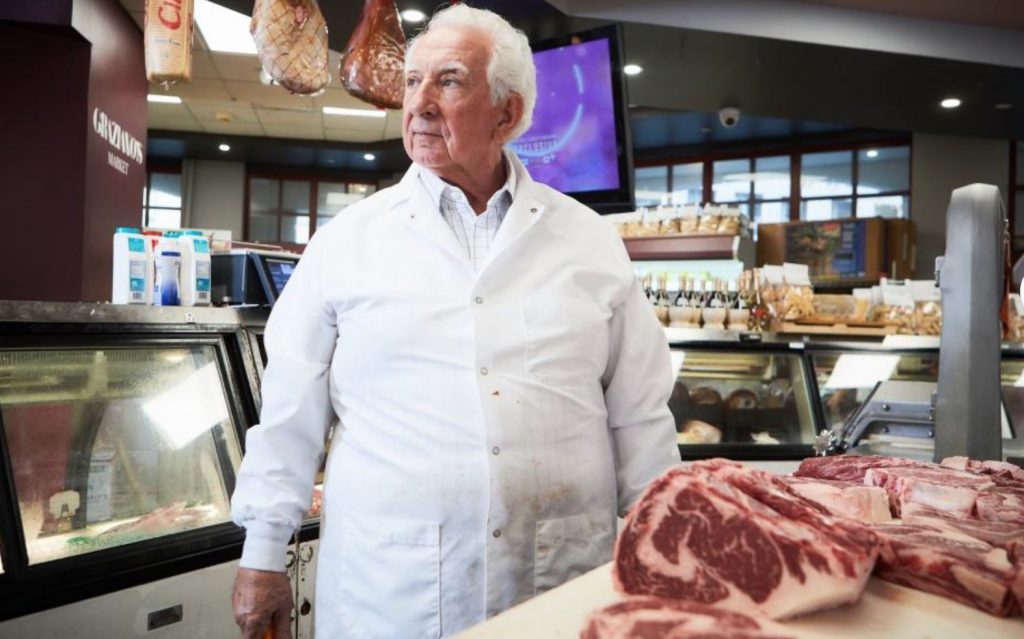Entrana Steak
The entraña meat is a beef cut widely served in most Argentinian steakhouses, and also used in most meat restaurants around the world with different recipes and cooking techniques. The entraña tends to be an affordable and versatile beef cut, hence its growing popularity. The entrana steak is very easy to grill and also to cook on a pan.

Entraña meat cut
What is the entrana meat? What part of the cow comes from?

The entraña has a very humble origin. Coming from the diaphragm muscle of cattle, the entrana used to have and important degree of rejection. It has only become a mainstream beef cut only in the last 20 years.
In Argentina, the entraña was used to feed dogs until relatively recently. Human consumption of Entraña (meaning in a literal translation “gut”) started around the slaughter houses, where all the offals and less valuable cuts was given away to workers, slaves and beggars. Around mid XXth Century, the entraña started to be positioned as an affordable meet cuts for dock workers at the Buenos Aires port grills (one still in business, called “El Rey de la Entraña”, the king of entrana).
Entraña Steak in English – Skirt Steak in Spanish Argentina
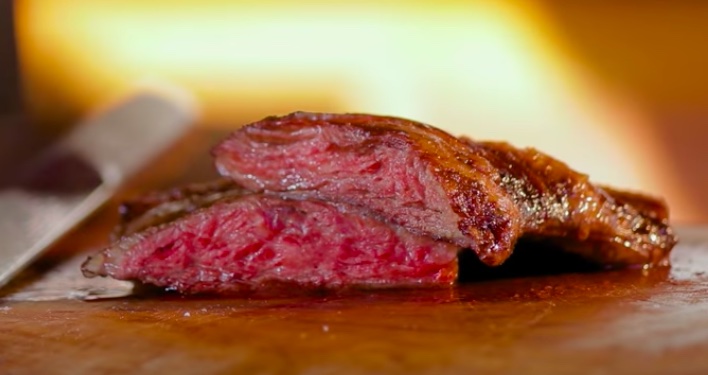
Skirt steak in Spanish, in Argentina is Entraña.
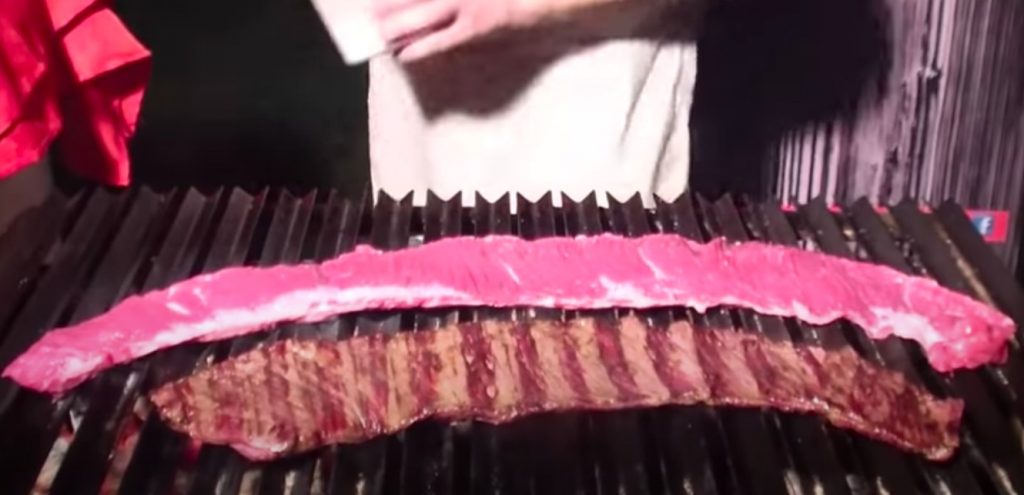
Entraña steak is mostly pronounced “entrana steak” in English, without the Ñ phonetic sound from the Spanish language. The equivalent for Entraña steak in English is Skirt Steak. Especially in the US, there are two entranas, the outside skirt and the inside skirt. In Argentina, only the outside skirt is called entraña, the other one is harder to find, and it is called “falsa entraña”, meaning fake entrana.
How to order skirt steak in Spanish argentina
Just ask for “Entraña” with the right phonetic using the Ñ sound: “Entraneah“
What is Entrana Steak, where does it come from?
The entraña steak comes from the diaphragm muscle of beef, a hard working muscle in cows that supports the bone structure of the from part of cattle and articulates with the rest of the body. That is why if the entraña steak is not grilled properly, it get really tough and chewy.
A light steer or heifer carcass (400 kg live weight), the most typical animal for domestic consumption, produces only 1.5 kg of entraña, divided in the two half carcasses, the wholesale distribution primal cut in Argentina that then is cut by each butcher.
Outside skirt or real Entraña
The outside skirt is the inside cavity of the carcass (between the ribs and the guts).
In the US, outside skirt is usually reserved for foodservice, and it has price some 50% more expensive than inside skirt.
The real entraña normally comes with a very thick membrane over the top of it. In the US it is usually peeled as the meat is cut in fajitas or small steaks.
In Argentina, the entraña is grilled as a whole cut, and membrane helps maintaining it juicy. Also, the entrana membrane gets really crispy and provides complexity to each bite because of the textures combination.
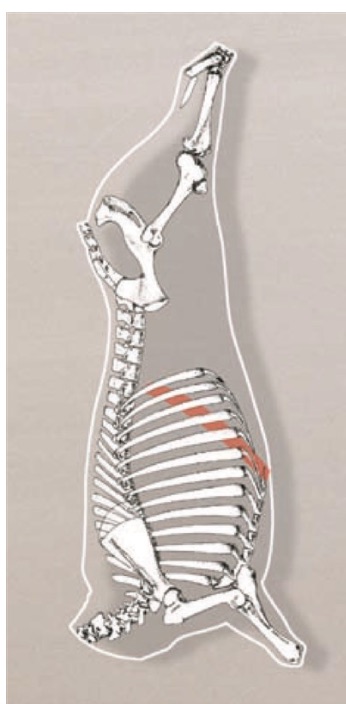

Inside skirt or fake entraña

The inside skirt or fake entraña is the transverse abdominus muscle of cattle. The coarseness of the grain is a bit different. The inside skirt steak tends to be firmer and sweeter.
In Argentina the inside skirt is not even considered a real beef cut, it is included in the official beef nomenclator as an offal (gut).
How to grill the entraña steak
The entraña is one of the beef cuts that require less cooking time at the grill. The thin cut of beef can be ready grilling on firm fire 7-10 minutes on each side. The entraña must be eaten medium rare, beyond this point it dries and gets chewy.

The entraña steak can also be cooked on a flat iron plank or even in a pan. If not grilling on charcoal or wood fire, it is better to peel the meat from the outside membrane to make to cooking process faster and even.

